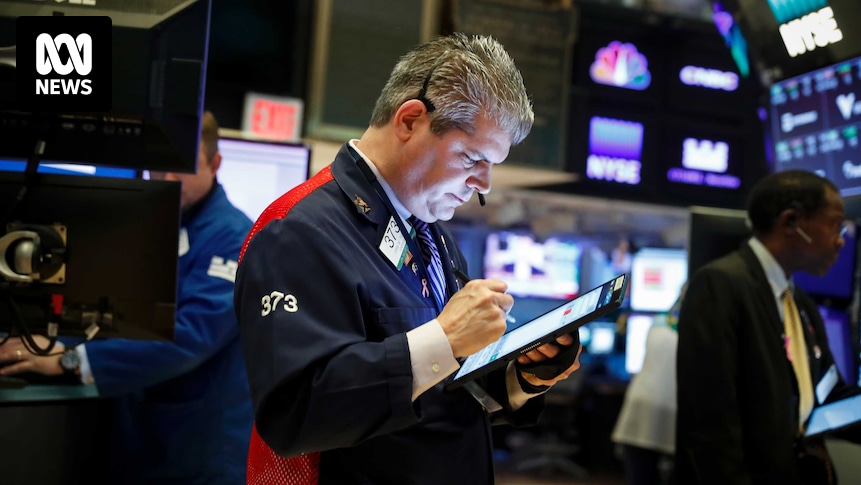Wall Street’s three key indices all hit new record highs for the second successive session buoyed by last week’s rate cut from the Fed and the prospect of more to come.
The blue-chip Dow, the S&P 500 and tech-centric Nasdaq rose 0.4%, 0.5% and 0.7% respectively.
Apple was a standout gaining 3.2% after bullish commentary on demand for its latest iPhone and broker upgrade from J.P. Morgan.
Over the week the S&P 500 gained a solid 1.2% and the Nasdaq did even better, up 2.2%.
ASX 200 futures closed on Friday pointing to 0.3% gain this morning — a positive start after two consecutive weeks of losing ground.
Much of the action in the US centred on the thoughts of the Fed’s newest governor, Stephen Miran, the White House economic adviser parachuted in into the Federal Open Market Committee by President Donald Trump.
Mr Miran pushed for a larger cut at last week’s meeting that delivered the expected 25bps reduction.
He is likely to be pushing that barrow for some time given his cunning plan is for an overall 150bps reduction, or seven more cuts, even if inflation continues to edge higher.
“Certainly, if the idea is the Fed is moving in a direction to relax the inflation target, that is definitely a recipe for running hot, and that’s good for stocks,” chief investment officer at Horizon Investments Scott Ladner told Reuters.
European markets were little changed on Friday and over the week, although defence sector stocks continue to be in solid demand.
Despite the rate cut, the US dollar continued its recent rally as traders were coming around to the idea that the Fed (with the exception of Mr Miran) wasn’t in any urgency in the easing cycle.
The US dollar gained around 0.3% against its six major trading peers. The Australian dollar slipped 0.3% back just under 66 US cents.
Spot gold eased back from its record high above $US3,700/ounce, but was still up around 0.8% over the week.
While oil tends to bubble up after rate cuts, both global and US benchmarks slipped (Brent -1.1% and West Texas Intermediate Crude -1.4%) as traders bet any increase in demand would not outweigh more supply in the pipeline.

